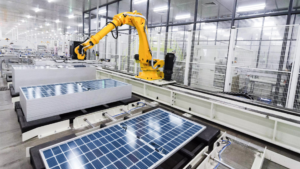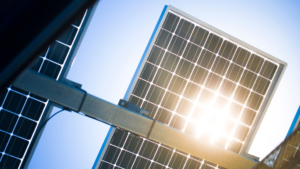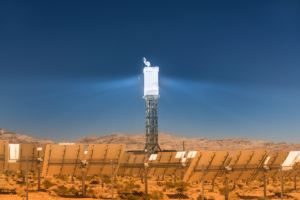Decentralized energy networks are systems that generate and distribute electricity from multiple, local sources, such as solar panels, wind turbines, battery storage and combined heat and power plants. These systems can operate independently or in connection with the main grid, providing more flexibility, reliability and efficiency for energy consumers and producers.
Decentralized energy networks are not a new concept, but they are gaining more attention and momentum in recent years, as the world faces the challenges of climate change, energy security and rising costs. In this blog post, we will explore some of the examples and benefits of decentralized energy networks in actual operation now.
Examples of Decentralized Energy Networks
Decentralized energy networks can be found in various contexts and scales, serving different purposes and needs. Here are some of the examples:
- Aberdeen Heat and Power: This is a district heating scheme in Aberdeen, Scotland, that provides low-cost and low-carbon heat and electricity to social housing tenants and public buildings. The scheme uses combined heat and power plants that run on natural gas and biomass, as well as solar thermal panels. The scheme has reduced fuel costs by 50% and carbon emissions by 45% for the connected buildings.
- MAN Energy Solutions: This is a company that offers decentralized power generation solutions for industrial applications, such as mining, data centers and manufacturing plants. The company uses gas engines, turbines and hybrid systems that can integrate renewable energy sources. The company claims that its solutions can reduce fuel consumption by up to 40% and increase efficiency by up to 90%.
- Raconteur: This is a media company that produces content on various topics, including energy. The company has installed solar panels on its office roof in London, UK, and uses battery storage to optimize its energy consumption and reduce its carbon footprint. The company also sells excess electricity to the grid or other consumers through a peer-to-peer platform called Piclo.
- ESCAP: This is the United Nations Economic and Social Commission for Asia and the Pacific, which promotes regional cooperation and development. The commission has launched a project called Low Carbon Green Growth Roadmap for Asia and the Pacific, which aims to support countries in transitioning to a low-carbon economy. One of the components of the project is to promote decentralized energy systems as a way to increase access to clean energy, reduce greenhouse gas emissions and enhance eco-efficiency.
- Therma Mech: This is a company that provides engineering services for heating, ventilation and air conditioning systems. The company has designed and installed decentralized energy systems for various clients, such as schools, hospitals and hotels. The company uses technologies such as heat pumps, biomass boilers and solar thermal collectors to provide heating and cooling solutions that are cost-effective and environmentally friendly.
Benefits of Decentralized Energy Networks
Decentralized energy networks offer many benefits for both energy consumers and producers, as well as for the society and the environment. Some of the benefits are:
- Reduced transmission losses: Decentralized energy networks generate electricity close to where it is consumed, reducing the need for long transmission and distribution lines that cause significant energy losses. According to some estimates, centralized power generation loses about 8% of electricity during transmission.
- Increased reliability: Decentralized energy networks can operate independently or in parallel with the main grid, providing backup power in case of grid failures or disruptions. This can improve the resilience of power infrastructure against natural disasters, cyberattacks or other threats.
- Lower costs: Decentralized energy networks can lower the costs of electricity for both consumers and producers, by avoiding expensive grid fees, reducing peak demand charges, increasing competition among suppliers and enabling price arbitrage through storage or trading.
- Greater efficiency: Decentralized energy networks can increase the efficiency of energy generation and consumption, by using combined heat and power plants that capture waste heat for heating or cooling purposes, or by using smart meters and devices that optimize energy usage according to demand and supply.
- Enhanced sustainability: Decentralized energy networks can reduce greenhouse gas emissions and environmental impacts of energy production, by using renewable energy sources that are abundant and clean, or by using low-carbon fuels that have lower emissions than coal or oil.
Conclusion
Decentralized energy networks are an important part of the energy transition that is happening around the world. They offer many advantages over centralized power generation systems, such as improved efficiency, reliability, affordability and sustainability. They also empower communities and industries to take control of their own energy future and contribute to a greener planet.





